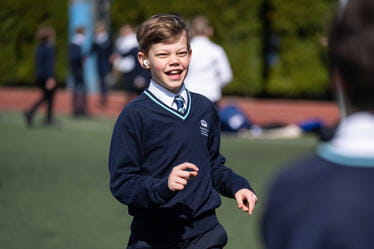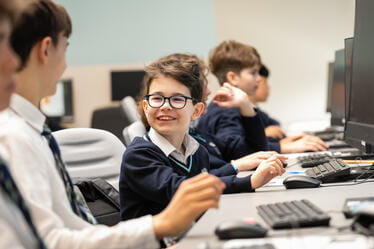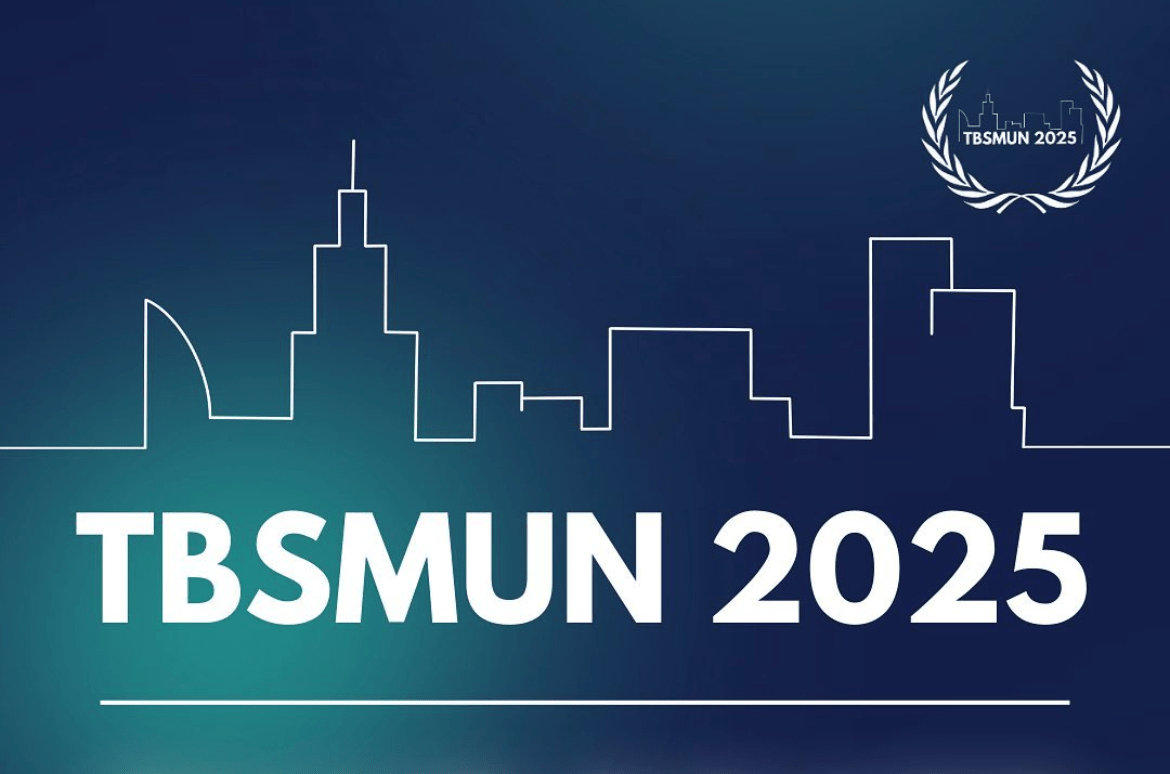Developing Meta-Cognition
Meta-cognition involves "thinking about thinking" — understanding how we approach problems, reflect on strategies, and evaluate results. This project gave students multiple opportunities to exercise this skill. For instance, by constructing boxes with various cut-out sizes and calculating their volumes, students had to predict, test, and observe patterns. Some students hypothesized, as seen in the attached images, that the volume decreases after a certain cut-out height, particularly beyond 3 cm. This demonstrates reflective thinking — a process where learners question their results and refine their ideas based on observations.
The hypothesis visible in one image highlights a student predicting the box volume would decline after reaching a peak at a specific cut-out size. Writing such reflections required students to articulate their thinking, link their observations to mathematical reasoning, and explain their conclusions. This process of making predictions, testing them, and justifying results is a critical meta-cognitive skill, helping students realize that learning is iterative.
Building Thinking Skills
The project also developed higher-order thinking skills by moving students beyond procedural mathematics into analysis and evaluation. The task encouraged:
- Trial and error: Making 3-4 boxes with varying cut-outs allowed learners to explore systematically. By organizing results into tables, they identified trends and began to make logical predictions about how cut-out size affects volume.
- Algebraic reasoning: In Task 2, students were challenged to develop a formula for the box's volume, linking their hands-on work with abstract thinking.
- Graphical exploration: Using tools like Desmos or constructing tables encouraged learners to visualize relationships and identify the peak volume more precisely. Graphing helped students see that volume increases, peaks, and then decreases — reinforcing mathematical reasoning.
Promoting Reflection
The written components of the project, as seen in the provided images, required learners to step back and consider their process. Reflecting on their hypotheses and observations helped them identify why their volume results behaved the way they did. This reflective practice ensures that learning is not merely about finding an answer but about understanding how and why they arrived at that answer.
For example, one student noted that boxes with cut-outs smaller than 2 cm or larger than 3 cm resulted in diminishing volumes. This highlights a deeper understanding of optimization, where students recognized that a balance must exist between the cut-out size and the box’s dimensions.
Engagement and Ownership
The project was also highly engaging, as it combined physical construction, calculations, and critical thinking. By making and measuring their own boxes, students took ownership of their learning. This hands-on aspect helped connect abstract mathematical concepts to real-world applications, fostering curiosity and a sense of achievement.
Conclusion
The Max Box Project successfully promoted meta-cognition and thinking skills by encouraging students to predict, test, reflect, and refine their strategies. It provided a space for learners to explore, fail, and adjust their thinking — key elements of effective learning. Beyond the math itself, students gained insights into their own learning processes, helping them build confidence in approaching complex problems. This task emphasized that mathematics is not just about calculations but about reasoning, reflection, and growth.
Paul Mitchell
Deputy HOD Mathematics
Secondary Teacher
Year 11 Form Tutor





